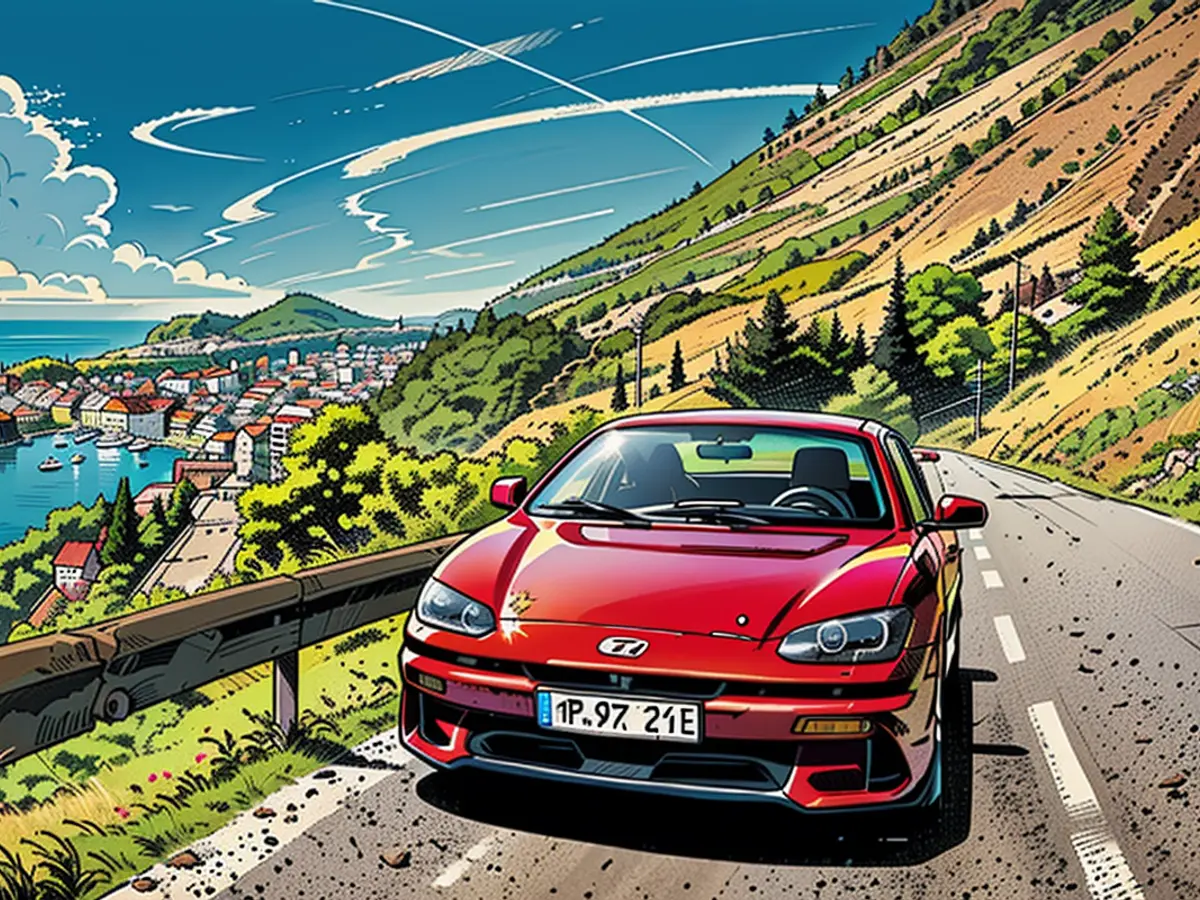Through the Balkans in the Hyundai Ioniq 6 - and not stranded
Are you still hesitant about driving an electric car from Berlin to Cologne? ntv.de has conducted the ultimate long-distance test. Instead of 600 kilometers through Germany, it became 6000 kilometers through Southeast Europe.
How far can you actually go with an electrically powered vehicle? Often not as far as the WLTP consumption often promises. Because it's too cold outside or the incline is too intense. Never mind. Then you have to target another charging station. No problem. But this very thought causes many drivers who still drive combustion engines and might want to switch, to hold their breath. ntv.de has conducted the ultimate test of how far you can actually go with an electric car.
For this experiment, it was important to carefully choose the right car. The Hyundai Ioniq 6 seemed like an interesting choice. It's not excessively expensive with a base price of 43,900 euros and offers fast charging thanks to its 800-volt technology. The version with a 53 kWh battery (or rather small) should not be suitable for the 6000-kilometer marathon. Then there's the 77 kWh version (229 PS) for a reasonable 5,000 euro surcharge.
ntv.de wanted to start under challenging conditions. A vehicle with 100 kWh batteries was explicitly not desired. After all, a medium range should be sufficient for the trip - a little challenge is good. Most electric cars available today have medium, not gigantic ranges. A large battery is expensive and you can save that money. Moreover, battery production is CO2-intensive, which increases the CO2 backpack accordingly.
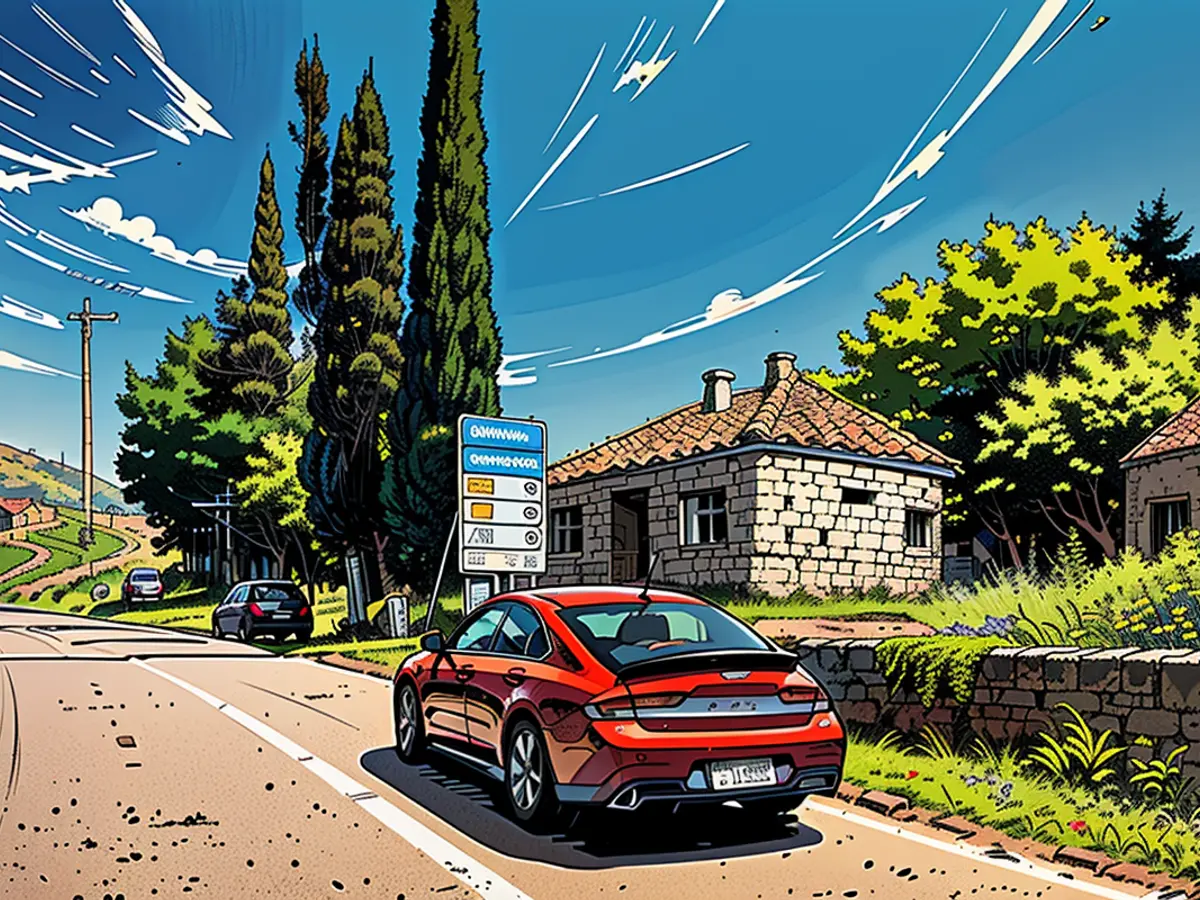
Actually, the efficient rear-wheel-drive version was supposed to be chosen. Here, Hyundai had to pass and instead provided the 325 PS all-wheel-drive version (52,900 euros). Yes, over 300 horsepower under the seat is a nice thing, but it also reduces the range. The two engines under the sheet metal draw significantly more power. Real range? At 120 km/h on the highway, it's around 380 kilometers. That looks meager at first glance. After all, this red sedan has around 6000 kilometers ahead of it.
Where should it go?
And now comes the exciting part - where should it go? Italy? No, too simple. Not France, Spain, or Portugal either, where there is now a solid number of fast-charging points, although both Italy and France are "porous" in rural areas. Spain is not the electric car country par excellence. The Scandinavian countries or Benelux were not even considered - where would the challenge be there?
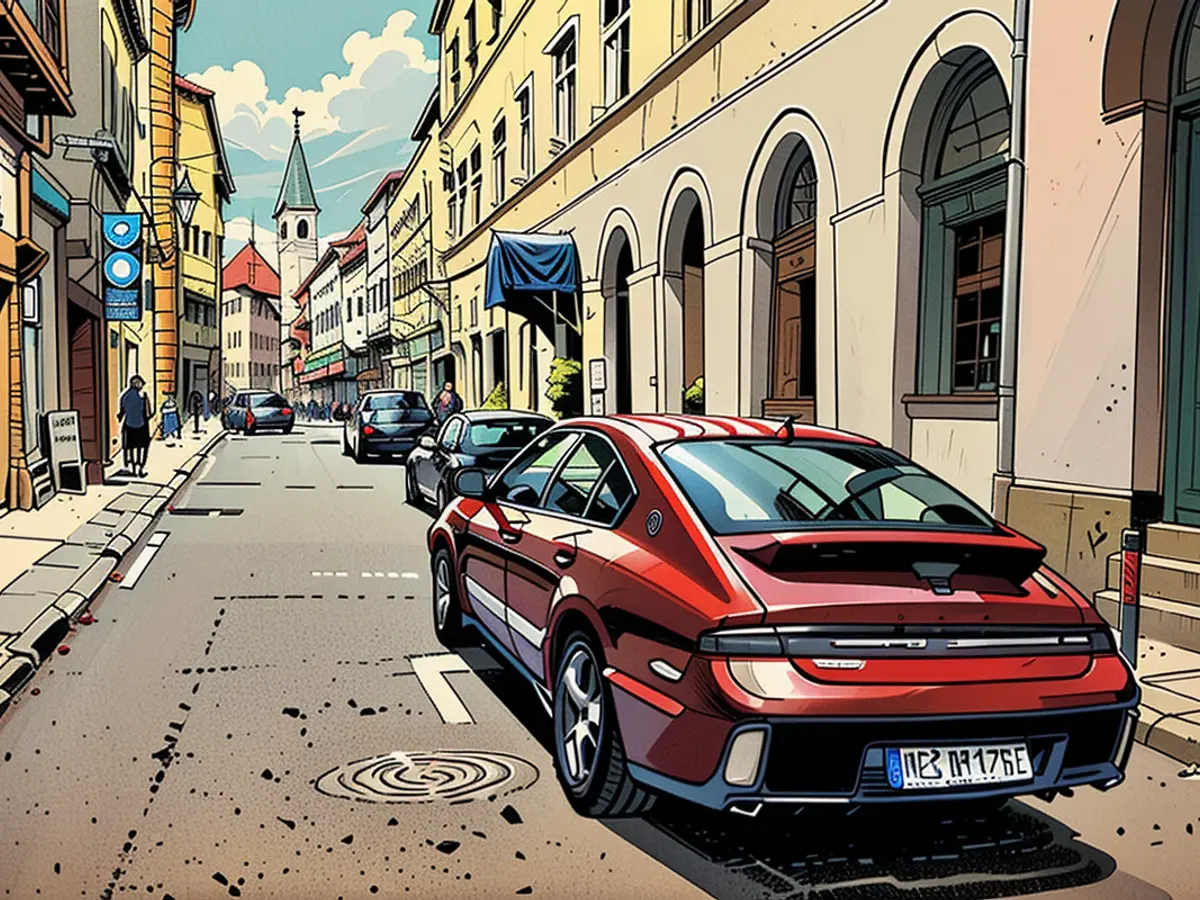
So the all-wheel-drive Ioniq 6 will first head towards Austria. From there, it will stroll along the Adriatic coast to Dubrovnik. And then it gets sporty. It goes to the Bosnian capital, Sarajevo. The part from Dubrovnik to Sarajevo was interesting because there should be no charging column for the next 280 kilometers. However, there's also no highway, which keeps power consumption low. Perfect terrain, moreover, to use the powerful 605 Newton meters of torque (0 to 100 km/h in 5.1 seconds). After all, it's heading towards the Bosnian-Serbian border at 1,200 meters high.
After several uneventful charging breaks (first in Sarajevo and later in the Serbian countryside), it's on to the E75 - this is the classic Autoput route on which so many guest workers once moved to Germany. The drive on this route evokes more unpleasant memories than range anxiety. Because not so long ago, it was impassable due to the war activities of the Balkan conflicts - and today you can drive along it with an electric car.
Just after crossing the Serbian-Bulgarian border, it's off to Sofia. From there, the Ioniq takes the route north towards Greece, where it stops in the regional capital (Thessaloniki) for a 50-kW charge. After a brief stop at one of the many coasts of the Chalkidiki peninsula, it's back the way it came. This time, it's through rural Bulgaria, Romania (Bucharest), and Vienna in quick succession. And from Vienna, it's back to the starting point in North Rhine-Westphalia.
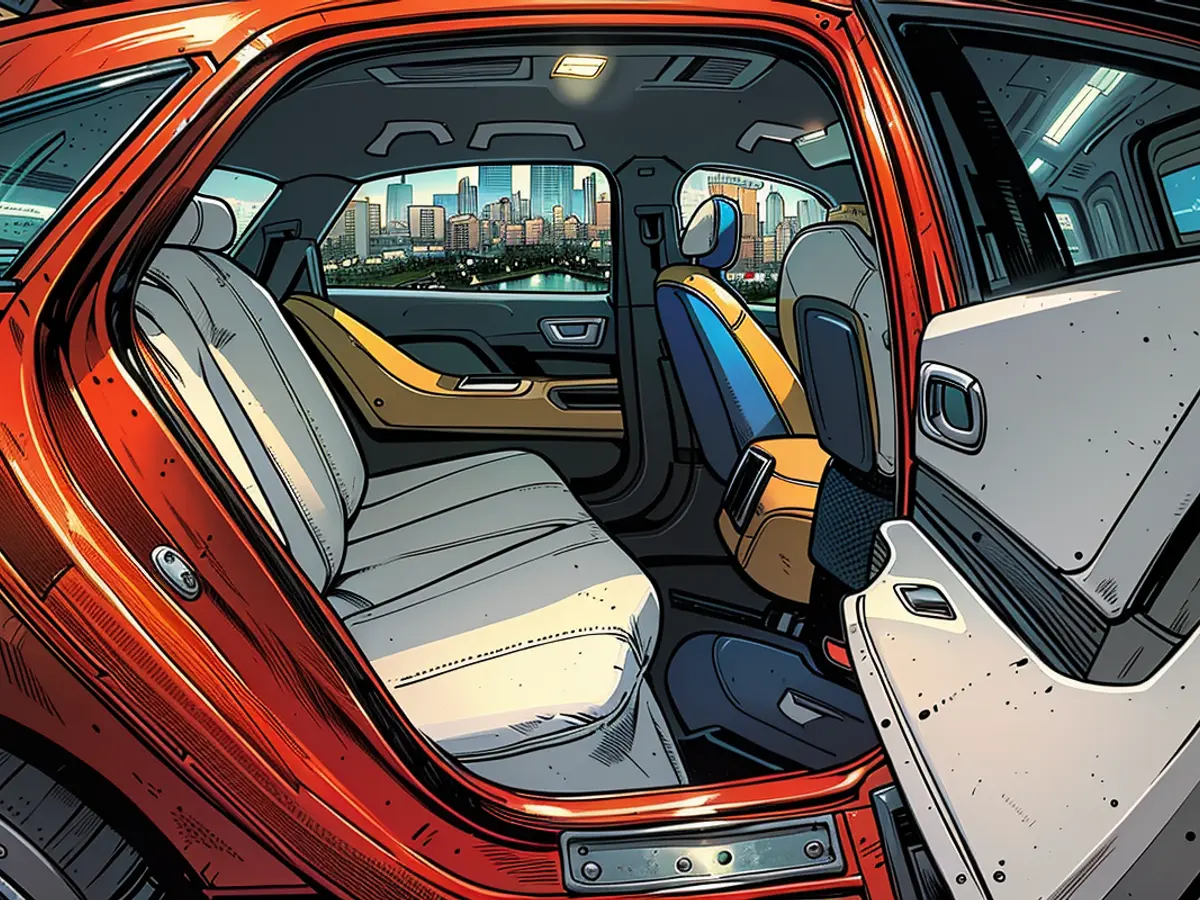
Electric driving works well
And the verdict? That the 4.86-meter-long Ioniq 6 is a proper travel vehicle with comfortable seats and plenty of space. And that you can indeed travel quite well with electric power. That's a superficial description. Before you get upset, dear reader - yes, it can sometimes get stuck, that's obvious. And it must be emphasized again that charging takes longer than filling a gasoline or diesel tank. But the Korean charges quickly at charging stations with 300 kW. The Ioniq 6 lives up to the factory's promise of charging the battery from 10 to 80 percent in 18 minutes. Kudos to the engineers!
I must not fail to mention that there were also minor mishaps that might not have happened with an internal combustion engine. Just before Graz, the Ioniq 6 almost stranded. In a moment of daring, I drove the charge level down to under 25 kilometers, assuming that there couldn't be any problems at an Ionity charging station. That was the first mistake. The Ionity charger didn't like the Ioniq, and vice versa. Communication error. No chance. So, I had to charge with alternating current for 60 minutes to reach the next fast charger. Luckily, it worked. This situation taught me respect. I must be more careful and leave more reserve for the next charge.

No elaborate planning required
I didn't plan the tour very meticulously. Of course, you need to get a general overview. The charging network on the Adriatic coast is far from as dense as in Germany. But it's enough for a vehicle with a 77-kWh battery. Zagreb, Zadar, and Split - no problem. Here, it still works with the partner charging stations of ENBW and the Mobility-Plus app. But be careful. Often, there are only 50 or 100 kW - so charging takes longer. Defective charging stations weren't a problem, though.
More adventure was expected from Dubrovnik onwards. After all, the familiar app no longer worked, and the condition of the charging stations was uncertain. The fact that there's a 50-kW station with reliable Alpitronic equipment in Sarajevo was a surprise. Anyone traveling to this region as an electric newcomer should familiarize themselves a bit with the app situation. The "e-Go-Charger" and "Charge&Go" apps help in Bosnia and Serbia. By the way, in Serbia, which is generally not very fond of electric vehicles, there are charging stations at reasonable distances that even work reliably.
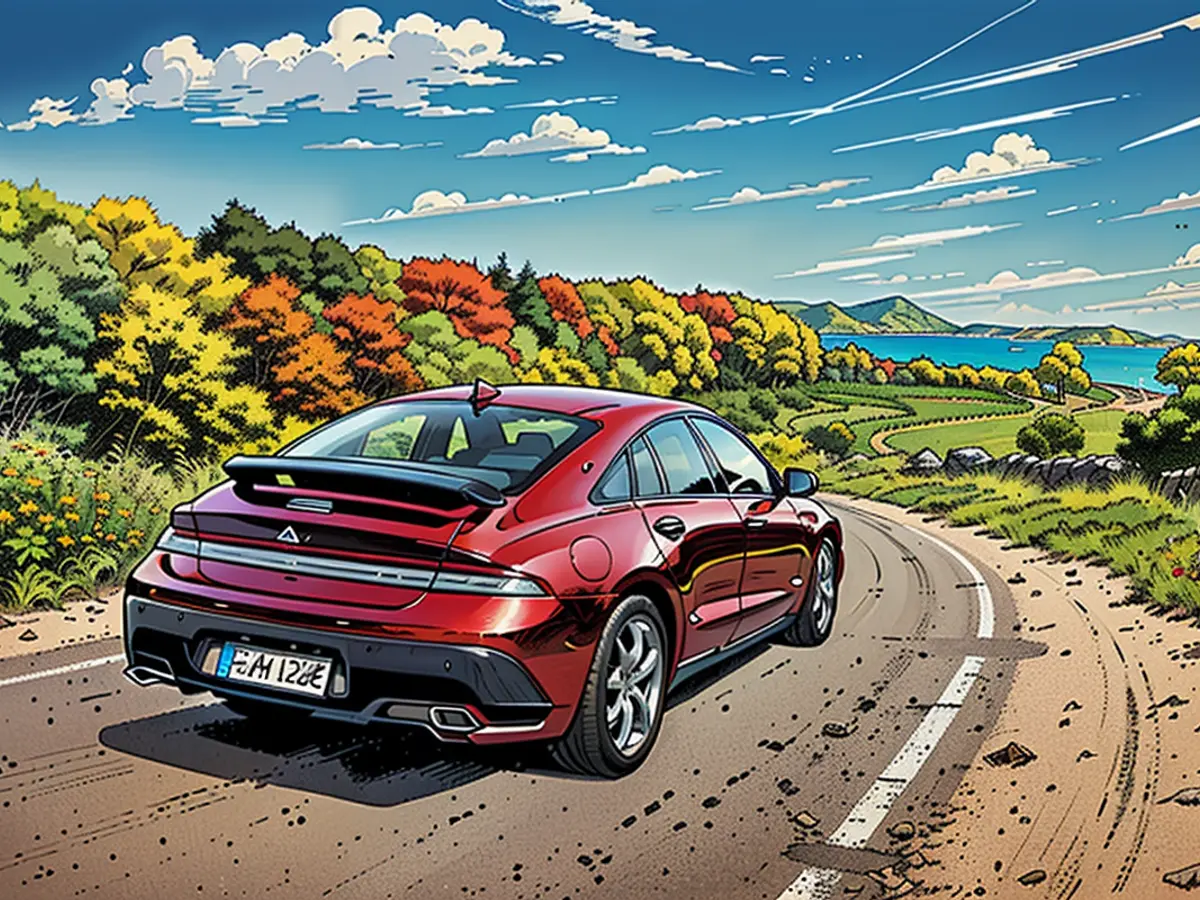
And indeed, some new findings are surprising. Northern Greece is more of a wasteland of charging stations, almost exclusively with 50 kW chargers (though there are a few stronger ones), and a very fragmented app landscape. However, the "ElpeFuture" app, which is reasonably well-programmed, can help navigate this. In contrast, the younger EU country of Bulgaria is much more advanced, with entire charging parks and impressive charging capacities of 200 kilowatts or more. The same applies to Romania and Hungary.
For Bulgaria, Romania, and Hungary, the apps Plugsurfing or Shell Recharge are recommended. Most apps commonly used here provide only limited coverage of southeastern Europe. Upon arrival in Vienna, one notices that Austria and Germany are better equipped for electric vehicles than eastern Europe. On the other hand, there are fewer BEVs there at present, but this will change.
In conclusion, it can be said that traveling with an electric vehicle, even through regions with critical charging infrastructure like the Balkans, is possible. Another challenge is finding the charging station quickly, especially at night in unfamiliar surroundings. But in such situations, one must remain calm. Generally, one should remain calm while driving an electric car.
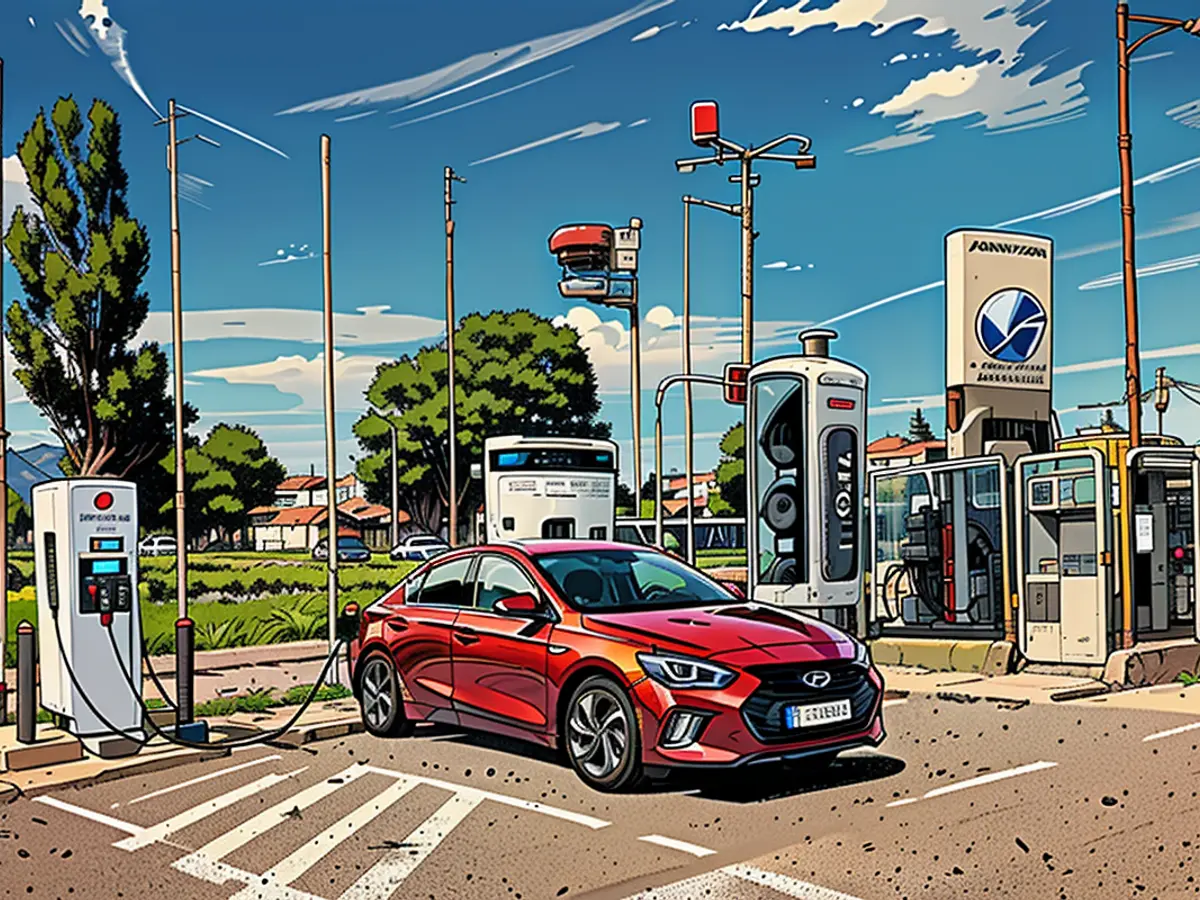
This electric car trip was originally planned for two or three years later, but the interim findings on the charging network prompted me to conduct the experiment earlier. After driving 6000 kilometers in less than ten days with an electric car through southeastern Europe, I have become a bit more relaxed about driving electrically in Germany and can't help but smile when friends and colleagues complain about occupied or defective charging stations.
Despite the challenges with range and charging infrastructure, the Hyundai Ioniq 6 managed to complete the 6000-kilometer journey through Southeast Europe. The all-wheel-drive version, although powerful, required frequent charging stops due to reduced range.
During the trip, the vehicle traveled through various countries such as Austria, Croatia, Bosnia and Herzegovina, Serbia, Bulgaria, Greece, and Romania. In some of these countries, the charging infrastructure was less developed, but apps like "e-Go-Charger" and "Charge&Go" provided useful assistance in locating charging stations.
On the other hand, countries like Bulgaria and Romania had advanced charging networks, with capacities of up to 200 kilowatts. The journey demonstrated that while electric car travel through regions with critical charging infrastructure can be challenging, it is possible with proper planning and the use of appropriate apps.
